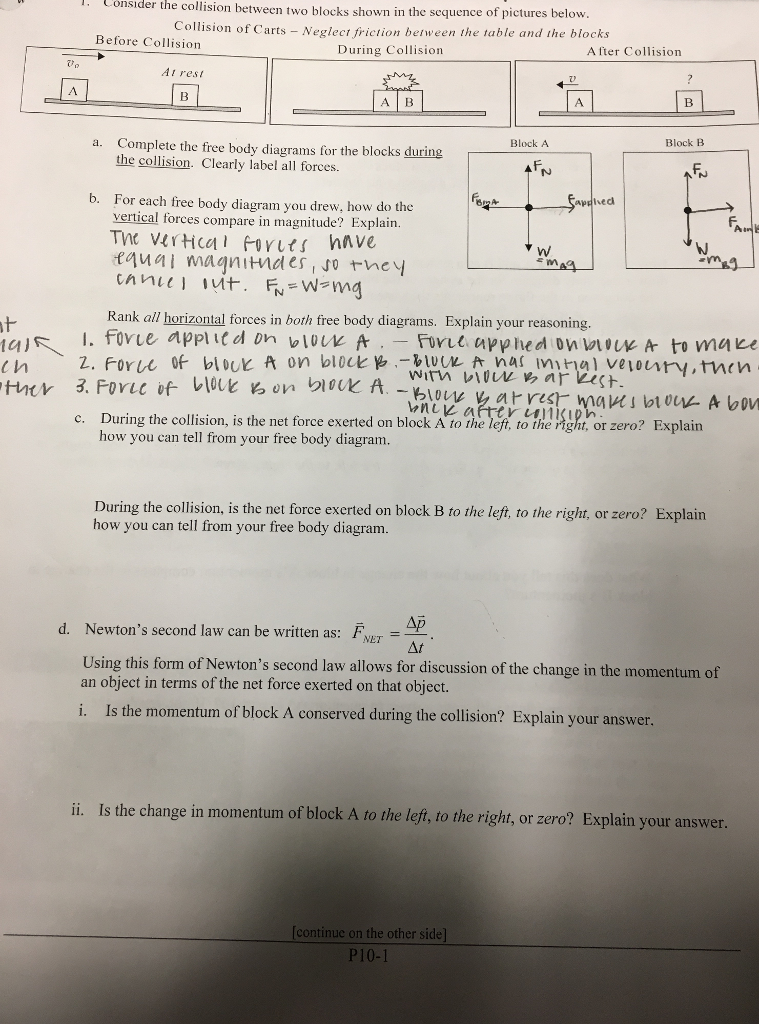

The problem is they are only a pixel thick, which makes them real easy to pass through if a Rigidbody is moving fast enough. This works well for bullets or small objects, but will not produce good results for large objects. A good way to ensure that you detect all collision is to use Raycasting instead of relying on the physics simulation. I'm so deterred by such a simple feature that I might just switch to unreal engine or hell even Roblox, surely they have better collision detection systems. Edge Colliders vs Box Colliders Edge colliders can effectively be used for terrain, whether they are faster than Box Colliders is arguable, but that’s a separate topic. Collision with fast-moving objects is always a problem. The scripting system can detect when collisions occur and initiate actions using the OnCollisionEnter function. As for the cube, it is default of everything and includes the collision script as well. As for the components of each object, the sphere has a transform, a mesh, a sphere collider (all default), and it has a rigid body, with all default features as well and including the collision script. If it's one Static Collider and one Dynamic Collider, set the object's Rigidbody Collision Detection to Continuous. I've quite literally looked at every tutorial and I have come to the conclusion that It has to be a setting bugging out. If it's two Dynamic Colliders, you have to set one of the object's Rigidbody Collision Detection to Continuous, and the other object's Rigidbody Collision Detection to Continuous Continuous Dynamic.
Unity falling blocks detect collision code#
In this method, place your code for making the block fall.

Adding a slipping effect using a physics material on a collider could also work around that issue if you are not using layers. Void onCollisionEnter(Collision col) Īnd it never sends anything to the debug log. Pass in the collision parameter (see reference) and use the collision info to confirm that the object leaving the collider is the player (eg tag the player with a player tag in the inspector and check the collision's collider's tag). If you are using a ground layer to determine the ground then just create the walls on a different layer so you will not return grounded and will fall normally. The code for the collision detection is as follows : therefore, judge one another any more, but judge this rather, that no man put a stumbling - block, or an occasion to fall, in his brother's way. A falling ball hits a slanted platform, and both platforms have the proper colliders, meshes etc. The wheels collision A collision occurs when the physics engine detects that. I quite literally have the simplest collision set up for unity. When the cube moves along the wall, which is made up of seperate blocks.


 0 kommentar(er)
0 kommentar(er)
